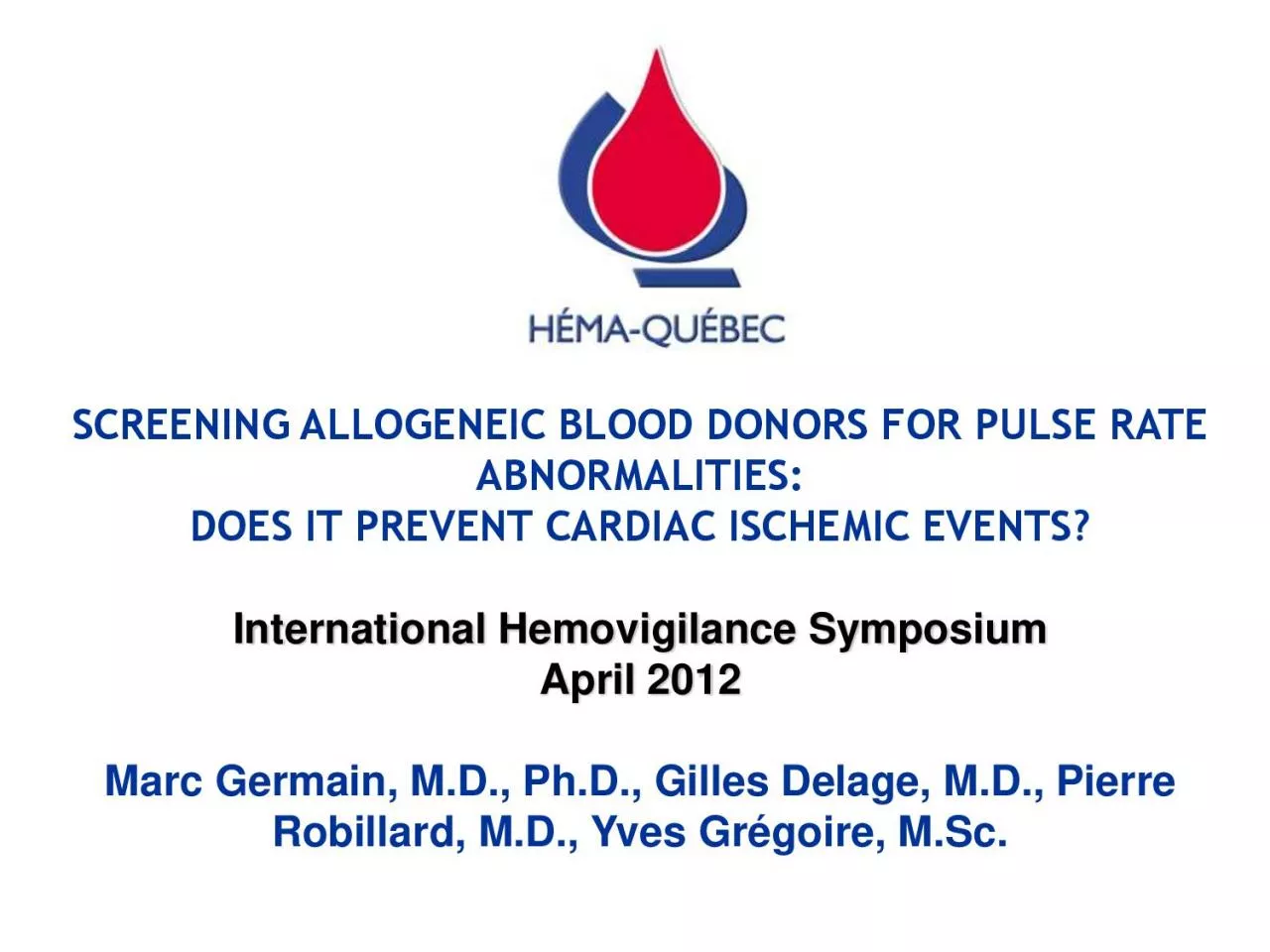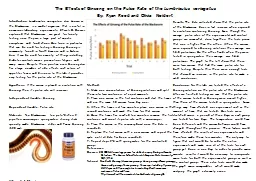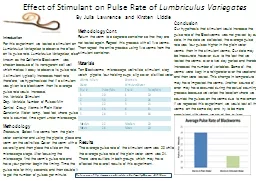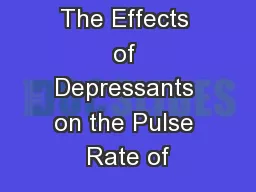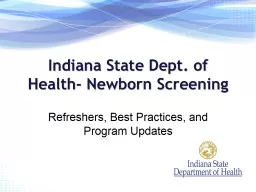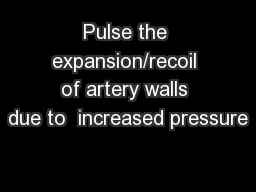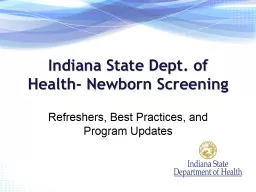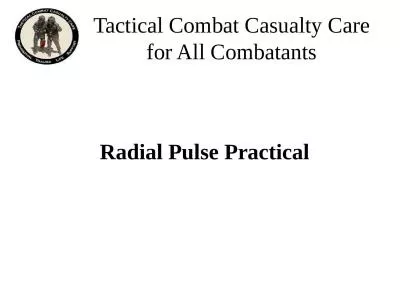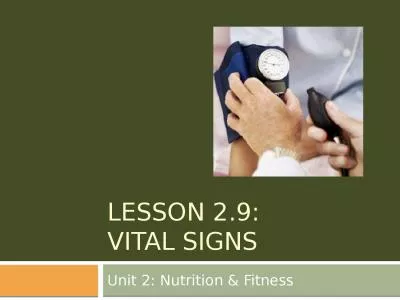PDF-SCREENING ALLOGENEIC BLOOD DONORS FOR PULSE RATE
Author : joyce | Published Date : 2021-09-25
ABNORMALITIES DOES IT PREVENT CARDIAC ISCHEMIC EVENTSInternational HemovigilanceSymposiumApril 2012Marc Germain MD PhD Gilles Delage MD Pierre Robillard MD Yves
Presentation Embed Code
Download Presentation
Download Presentation The PPT/PDF document "SCREENING ALLOGENEIC BLOOD DONORS FOR PU..." is the property of its rightful owner. Permission is granted to download and print the materials on this website for personal, non-commercial use only, and to display it on your personal computer provided you do not modify the materials and that you retain all copyright notices contained in the materials. By downloading content from our website, you accept the terms of this agreement.
SCREENING ALLOGENEIC BLOOD DONORS FOR PULSE RATE: Transcript
Download Rules Of Document
"SCREENING ALLOGENEIC BLOOD DONORS FOR PULSE RATE"The content belongs to its owner. You may download and print it for personal use, without modification, and keep all copyright notices. By downloading, you agree to these terms.
Related Documents

